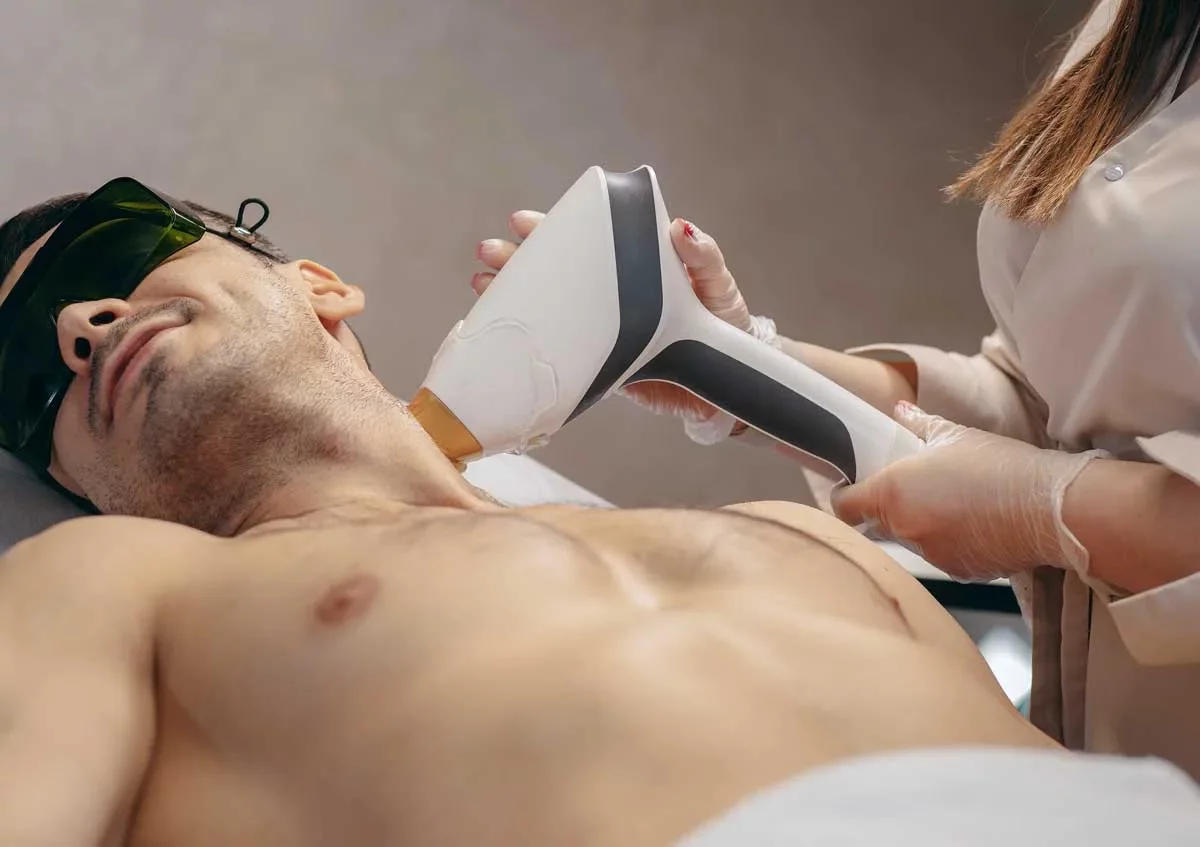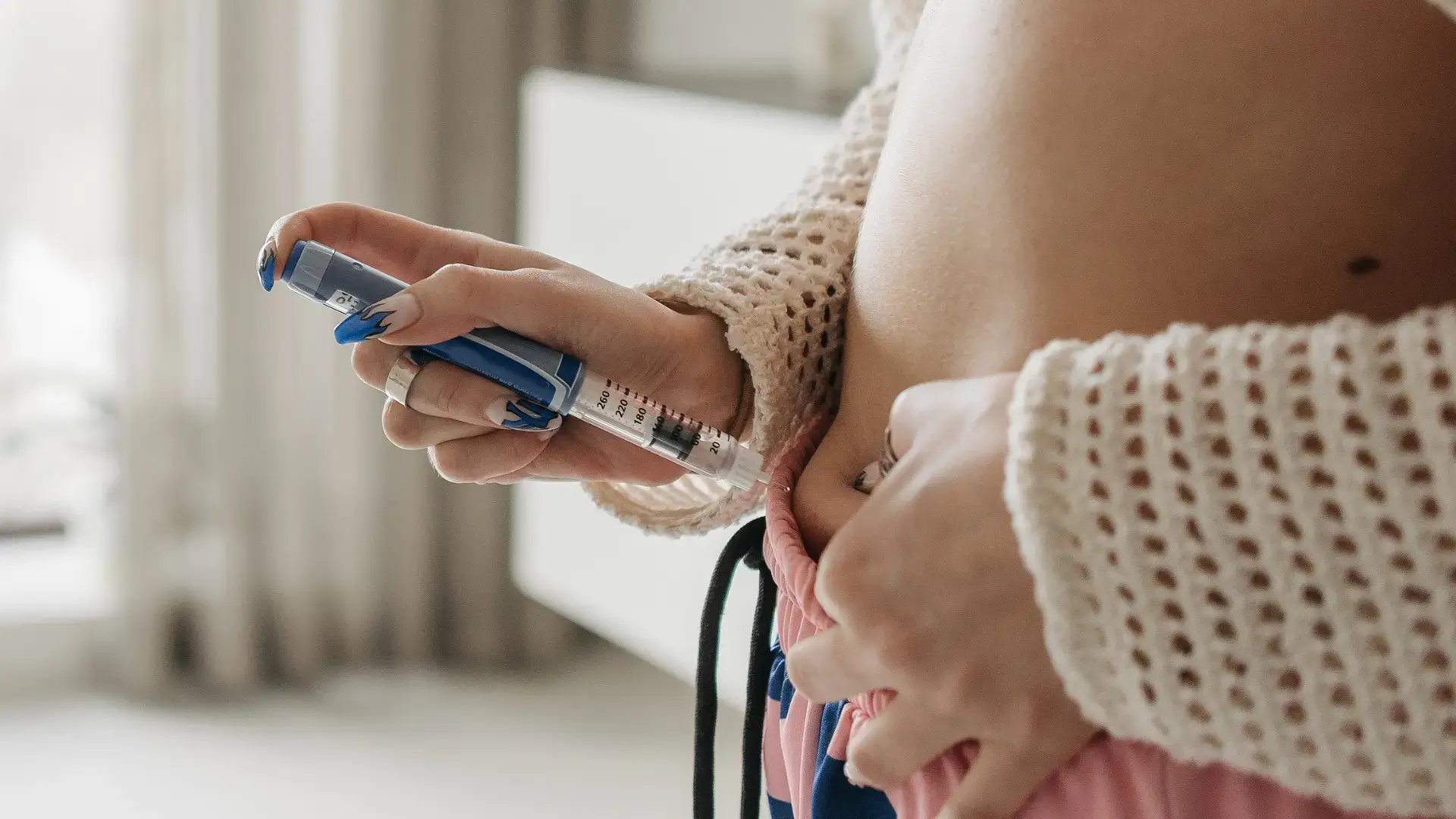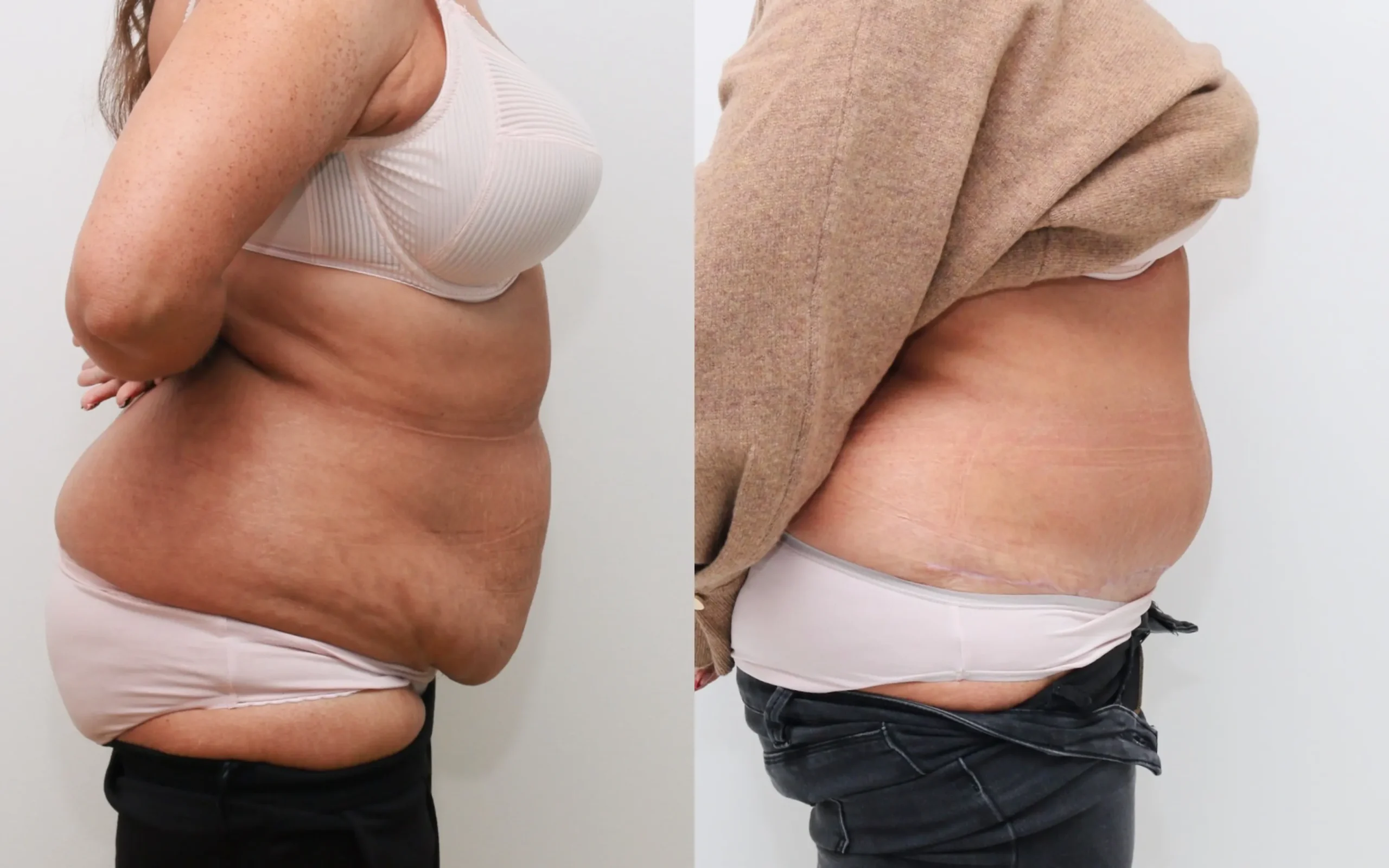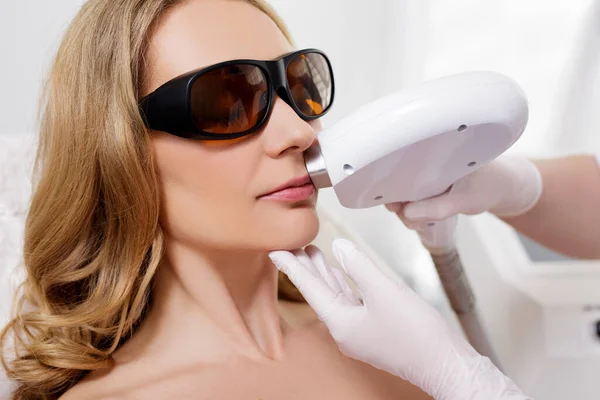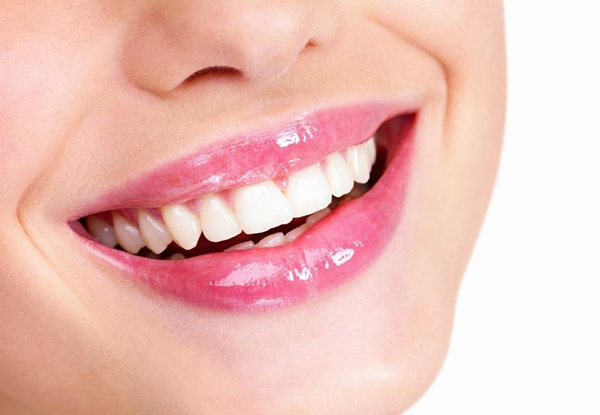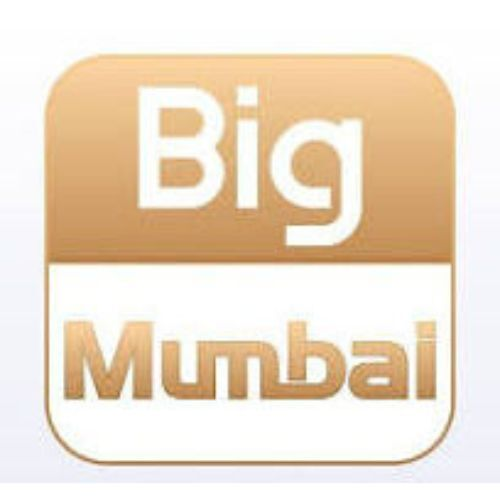 Content Gap Analysis – Find What Competitors Are Missing!
Content Gap Analysis – Find What Competitors Are Missing!
How Can Hijama Cupping Therapy Aid in Treating Muscle Spasms?
Written by Royal Clinic » Updated on: June 17th, 2025

Muscle spasms can cause significant discomfort and hinder daily activities. These involuntary contractions of muscles can result from various factors, such as dehydration, overuse, or underlying health conditions. While conventional treatments like physiotherapy, medications, and stretching exercises are often recommended, alternative therapies like Hijama (wet cupping therapy) are gaining attention for their potential to alleviate muscle spasms. This ancient practice, rooted in traditional medicine, offers several benefits for muscle health and overall well-being. In this article, we delve into how Hijama Cupping Therapy Dubai can aid in treating muscle spasms.
Understanding Hijama Cupping Therapy:
Hijama, also known as wet cupping, is a therapeutic procedure that involves creating suction on specific areas of the skin using specialized cups. After the skin is drawn into the cups, small incisions are made, and a controlled amount of blood is drawn out. This process is believed to eliminate toxins, improve circulation, and promote healing. Hijama has been practiced for centuries across various cultures, including traditional Chinese medicine, Islamic medicine, and ancient Egyptian remedies.

Muscle Spasms: Causes and Symptoms:
Muscle spasms, often referred to as muscle cramps, occur when a muscle contracts involuntarily and remains tight for a prolonged period. These spasms can affect any muscle in the body but are most common in the legs, back, and neck.
Common Causes of Muscle Spasms:
Dehydration: Insufficient water intake can lead to electrolyte imbalances, causing muscle cramps.
Overuse or Fatigue: Intense physical activity or repetitive motion can strain muscles.
Nutritional Deficiencies: Low levels of magnesium, calcium, or potassium can trigger spasms.
Poor Circulation: Reduced blood flow to certain areas can result in muscle stiffness.
Medical Conditions: Disorders like fibromyalgia, multiple sclerosis, or nerve compression can increase the risk of spasms.
Symptoms:
Sudden sharp pain in the affected muscle.
Visible hardening or knotting of the muscle.
Restricted range of motion.
Benefits of Hijama for Muscle Spasms:
Hijama cupping therapy can be particularly beneficial for addressing the root causes of muscle spasms and providing relief. Here’s how:
Enhanced Blood Circulation:
One of the primary benefits of Hijama is its ability to improve blood flow. By creating suction and drawing out stagnant blood, the therapy promotes fresh oxygenated blood to circulate to the affected areas. This increased blood flow helps relax tight muscles, reduces inflammation, and supports natural healing.
Reduction of Toxins and Inflammation:
Muscle spasms can sometimes be linked to toxin buildup or chronic inflammation. Hijama helps detoxify the body by removing harmful substances and reducing oxidative stress. This cleansing process can alleviate the discomfort associated with muscle cramps and enhance overall muscle function.
Pain Relief:
The suction effect of Hijama activates the body’s natural painkillers by stimulating the nervous system. It releases endorphins, which can help reduce the intensity of muscle spasms and associated pain. Additionally, the therapy’s pressure on specific points can relieve tension and improve mobility.
Release of Muscle Tension:
Hijama targets areas where muscles are overly tight or knotted. By breaking up adhesions and increasing elasticity, the therapy helps release tension in the muscles. This is particularly beneficial for those experiencing chronic or recurrent spasms due to stress or physical strain.
Balancing Energy Channels:
In traditional medicine, Hijama is believed to restore balance to the body’s energy pathways (meridians). When these pathways are blocked, it can lead to muscle tension and spasms. Hijama’s ability to unblock these channels supports overall muscular and systemic health.
How Hijama Is Performed for Muscle Spasms:
Step 1: Consultation:
Before beginning Hijama therapy, a qualified practitioner will assess the patient’s health history, symptoms, and specific needs. This ensures that the treatment is tailored to address the underlying causes of muscle spasms.
Step 2: Preparation:
The skin is cleaned and disinfected to maintain hygiene. The practitioner identifies the areas most affected by spasms or tension, such as the back, neck, or legs.
Step 3: Application of Cups:
Specialized cups are placed on the targeted areas, and suction is created using a pump or flame. The cups are left in place for a few minutes to stimulate blood flow.
Step 4: Incisions and Bloodletting:
Small incisions are made on the skin within the suctioned area. The cups are reapplied to draw out a small amount of blood, which is believed to contain toxins and impurities.
Step 5: Post-Treatment Care:
After the procedure, the practitioner cleans the area and may apply soothing ointments. Patients are advised to rest, stay hydrated, and avoid strenuous activities for a day or two.
Safety and Precautions:
While Hijama is generally considered safe, it is essential to seek treatment from a licensed and experienced practitioner. Improper techniques or unsterilized equipment can lead to infections or other complications. Patients with certain medical conditions, such as bleeding disorders or severe anemia, should consult their healthcare provider before undergoing Hijama.
Tips for Safe and Effective Treatment:
Ensure the practitioner follows strict hygiene protocols.
Disclose all medical conditions and medications.
Avoid Hijama if you are pregnant or have open wounds.
Integrating Hijama with Other Treatments:
Hijama can be used alongside other therapies for a holistic approach to treating muscle spasms. Combining it with physiotherapy, stretching exercises, and a balanced diet can enhance its effectiveness. For instance:
Physiotherapy: Focuses on strengthening and stretching muscles to prevent future spasms.
Nutrition: Maintaining adequate levels of magnesium, calcium, and potassium supports muscle health.
Hydration: Drinking sufficient water helps prevent electrolyte imbalances that can cause spasms.
Conclusion:
Hijama Cupping Therapy in Dubai is a promising alternative treatment for muscle spasms, offering benefits like improved circulation, toxin removal, pain relief, and muscle relaxation. Its holistic approach addresses the root causes of spasms, providing both immediate relief and long-term benefits. However, it is crucial to approach Hijama with care, ensuring that it is performed by qualified practitioners and integrated with other supportive treatments. By embracing this time-tested therapy, individuals can find a natural and effective way to manage muscle spasms and enhance their overall quality of life.
Note: IndiBlogHub features both user-submitted and editorial content. We do not verify third-party contributions. Read our Disclaimer and Privacy Policyfor details.
Copyright © 2019-2025 IndiBlogHub.com. All rights reserved. Hosted on DigitalOcean for fast, reliable performance.


